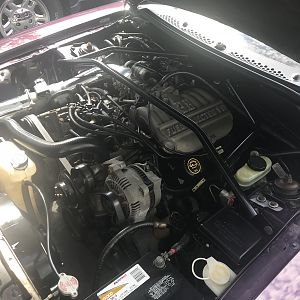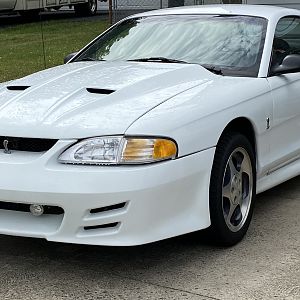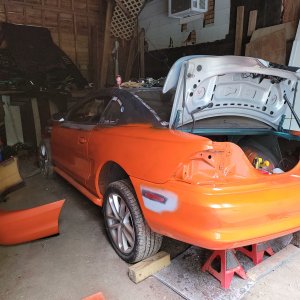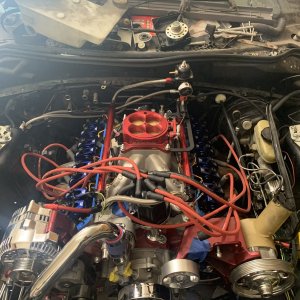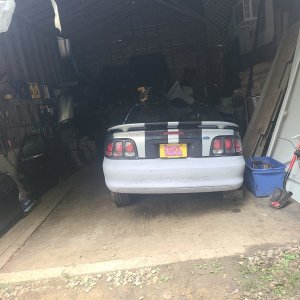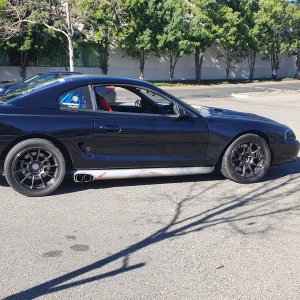shovel
Active Member
- Joined
- Jan 4, 2023
- Messages
- 284
- Reaction score
- 243
I was thinking about how lightweight cars feel obviously faster with less horsepower - example my mildly spiced up 94 GT leaps away from a stoplight like a surprised cat compared to my hemi powered RCSB ram 1500.
If I generously pretend my Mustang has 240 horsepower that's 60% of the Ram's 395. The weight according to LMR is 3276 pounds plus my 225 = 3501 and the weight of my truck + me is usually between 5000 and 5050 when I leave the dump according to their scale. 3500 is ~70% of 5025, and yet with 60% as much power it feels "twice as fast" subjectively to me.
If I go to this 0-60 calculator which claims it was created by a guy with PhD after his name and reviewed by another guy whose bio says he's a physicist, doubling engine power while doubling weight = identical 0-60 times.

Similarly if I calculate kinetic energy for an object using 1/2mv² an object with 2x the mass has 2x the joules of kinetic energy when traveling at the same velocity.
So it would seem that a car which is twice as heavy and has twice the horsepower should feel the same, but somehow we all still know when we're in a zippy little car with the same power to weight ratio as a heavier car with a bigger engine. It can't all be visual and auditory clues.. can it?
Am I just imagining that my 14.59 pound per horsepower Mustang is faster than my 12.72 pound per horsepower Ram?
If I generously pretend my Mustang has 240 horsepower that's 60% of the Ram's 395. The weight according to LMR is 3276 pounds plus my 225 = 3501 and the weight of my truck + me is usually between 5000 and 5050 when I leave the dump according to their scale. 3500 is ~70% of 5025, and yet with 60% as much power it feels "twice as fast" subjectively to me.
If I go to this 0-60 calculator which claims it was created by a guy with PhD after his name and reviewed by another guy whose bio says he's a physicist, doubling engine power while doubling weight = identical 0-60 times.

Similarly if I calculate kinetic energy for an object using 1/2mv² an object with 2x the mass has 2x the joules of kinetic energy when traveling at the same velocity.
So it would seem that a car which is twice as heavy and has twice the horsepower should feel the same, but somehow we all still know when we're in a zippy little car with the same power to weight ratio as a heavier car with a bigger engine. It can't all be visual and auditory clues.. can it?
Am I just imagining that my 14.59 pound per horsepower Mustang is faster than my 12.72 pound per horsepower Ram?
Last edited:



